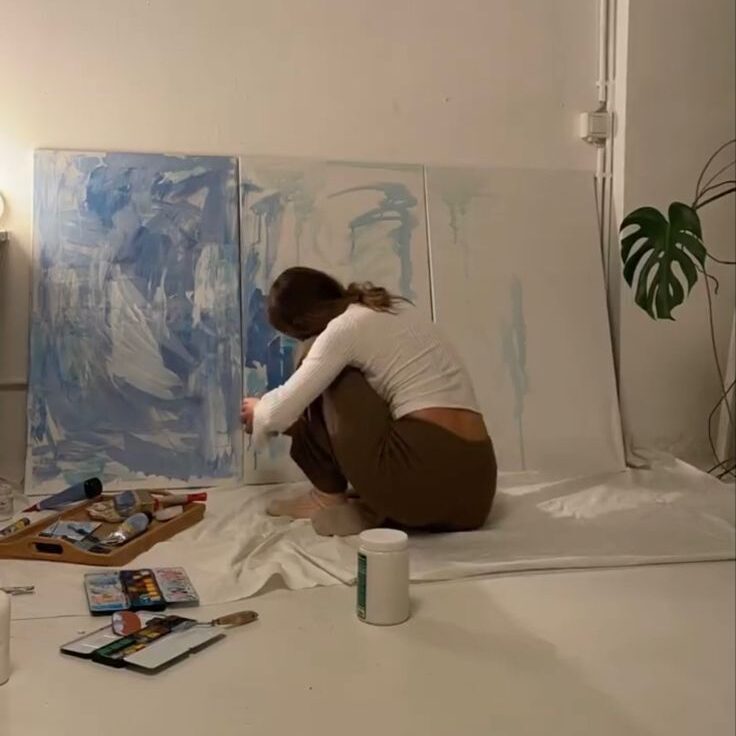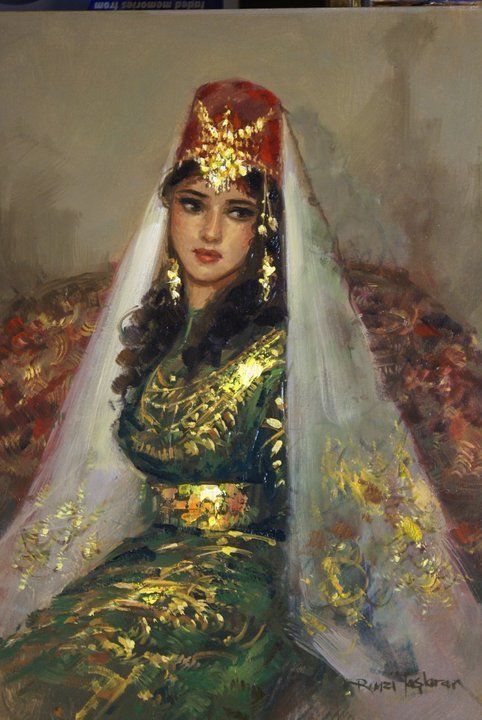As an artist, you often come across the term artist’s mission, or people ask you about the mission of your art. So in this article, I am going to share with you how to identify the mission of your art and use that for your project proposals, portfolio, artist’s statement, and so on.
What is an artist’s mission?
An artist’s mission basically means a deeply personal and introspective exploration of the purpose and intent behind their creative endeavors. But it goes beyond the act of creating art to encompass the artist’s values and beliefs and the impact they hope to have on themselves and the world around them through their art.
How to identify the mission of your art when you are confused about it?
An artist’s mission could entail many aspects. The following list holds some ideas of what the mission of your art could be:
- Personal Expression
- Identity and Culture
- Communication and Connection
- Exploration of Medium and Technique
- Impact and Influence
- Environmental and Ethical Considerations
- Artistic Legacy
- etc.
Now let’s dive deeper into each one of these missions so you can identify your own.
The mission of your art could simply be your “personal expression“
If the mission of your art is personal expression, then you are creating art for one of these two missions: individual voice and self-discovery. Your mission might involve expressing your unique perspective, emotions, and experiences through your art, or you could be using your art as a tool for self-exploration and understanding, and your mission may involve a continuous journey of self-discovery.
If you feel like the art you create is very personal to you or that you do not feel like sticking to an art style and want your creative expression to evolve the way your personality is evolving freely, then the mission of your art is definitely personal.
Your artist’s mission could be “expressing your identity and culture.“
Some artists aim to reflect, question, or celebrate their cultural identity through their work, contributing to a broader cultural conversation. They often create artworks that showcase their backgrounds or elements from their local cultures, such as clothing items, traditions, foods, popular patterns, or even color palettes.
As for the social aspect, some artists might engage with social issues, advocating for change, raising awareness, or challenging societal norms. We have seen this a lot during the BLM movement, and this could also be the mission of many feminist or queer artists.
The mission of your art could entail two aspects at the same time. You could create artwork that documents a personal experience where you refer to the social norms of your background or add cultural elements that link you to your heritage and local identity.
You may be making art to communicate and connect with your audience
Your mission could be to use your art to establish or create an emotional connection. Your mission could revolve around creating art that resonates emotionally with your audience, forging a deep connection between your work and those who experience it. On the other side, you could also be using it as narrative or storytelling; artists often use their work to tell stories, and an artist’s mission might involve conveying specific narratives or messages through visual storytelling.
Exploration of Medium and Technique
I know many artists wouldn’t consider exploration of a medium or a technique as the mission of their art. You would think that it’s a phase and that your artworks are nothing but studies and experimentation. However, your mission could indeed be the fact that you are exploring a certain medium or a certain technique.
Your artist’s mission could be innovation. Some artists focus on pushing the boundaries of their chosen medium or technique, with a mission to innovate and explore new artistic territories.
Or it could be mastery and skill development. An artist’s mission might involve a commitment to continuous learning and improvement in technical skills.
Impact and Influence
Your artist’s mission could extend to the desire to impact individuals or societies, fostering positive change or transformation through the power of art. Artists may aspire to inspire others, encouraging them to think, feel, or act differently as a result of encountering their work.
Environmental and Ethical Considerations
This is more common than you may realize it is. Some artists integrate environmental or ethical considerations into their mission, using eco-friendly materials or addressing social justice issues as part of raising awareness around the importance of making art a sustainable field. Your mission might also involve a commitment to creating art responsibly and with mindfulness.
Last but not least, to leave an artistic legacy behind
Artists might see the mission of their art as leaving a lasting impact on the art world, contributing to a legacy that extends beyond their own lifetime. This could also involve inspiring and influencing other artists, mentoring, or contributing to the development of the next generation of creatives.
Conclusion
For you as an artist, it is really necessary to know how to identify the mission of your art to talk about it and promote it efficiently. Practice writing your artist’s mission and enjoy creating <3




